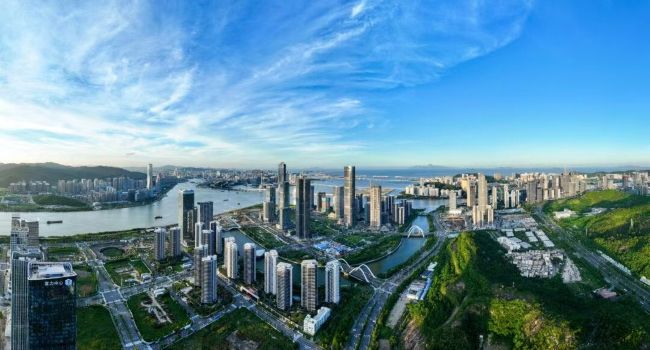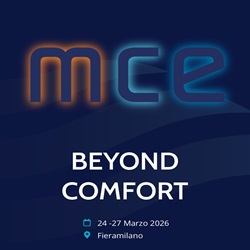|
|||
| ZHUHAI | <Search <Archives <eBulletin | ||
July 10, 2025 Hengqin releases 2025-2029 Development Blueprint Hengqin has launched its latest 5-year development plan, aiming to enhance the island’s international appeal and deepen integration with Macau. According to official information released recently, by 2029—marking 30 years since Macau’s return to China—the two regions are expected to achieve a high level of synergy, supported by a fully established regulatory integration framework.
Cross-Border Efficiency
The plan emphasizes efficiency and convenience in cross-border infrastructure and essential service flows, which is key for business operators, real estate investors, and service providers with regional portfolios.
Co-Innovation Industrial Parks
Jointly developed innovation parks will be completed to support high-value industries and collaborative R&D. These zones present opportunities for construction, smart facility integration, and property development catering to the innovation economy.
Economic Rebalancing Toward Growth Sectors
By 2029, approximately 65% of Hengqin’s GDP is projected to be driven by five key sectors: (1) Healthcare (2) Technology (3) Culture (4) Tourism (5) Modern Finance.
This shift indicates strong demand growth for mixed-use developments, specialized healthcare and biotech facilities, cultural venues, and hospitality infrastructure.
Macau-Funded Industrial Growth
Hengqin is targeting an added value of RMB 9 billion (US$1.26 billion) from Macau-funded enterprises. This growth supports investor confidence and long-term leasing opportunities.
Strategic Industry Focus
The development of the microelectronics supply chain and digital economy are central priorities, with implications for smart building design and high-spec industrial space. Macau-branded traditional Chinese medicine and nutritional supplements are also being promoted, opening possibilities for biotech manufacturing and logistics hubs.
Financial Innovation & Conference Economy
The financial services ecosystem will continue to expand, accompanied by initiatives to position Hengqin as a regional hub for international conferences, exhibitions, and global trade. These trends signal increasing demand for flexible commercial space, MICE (meetings, incentives, conferences, and exhibitions) infrastructure, and hotel developments.
 |
|
